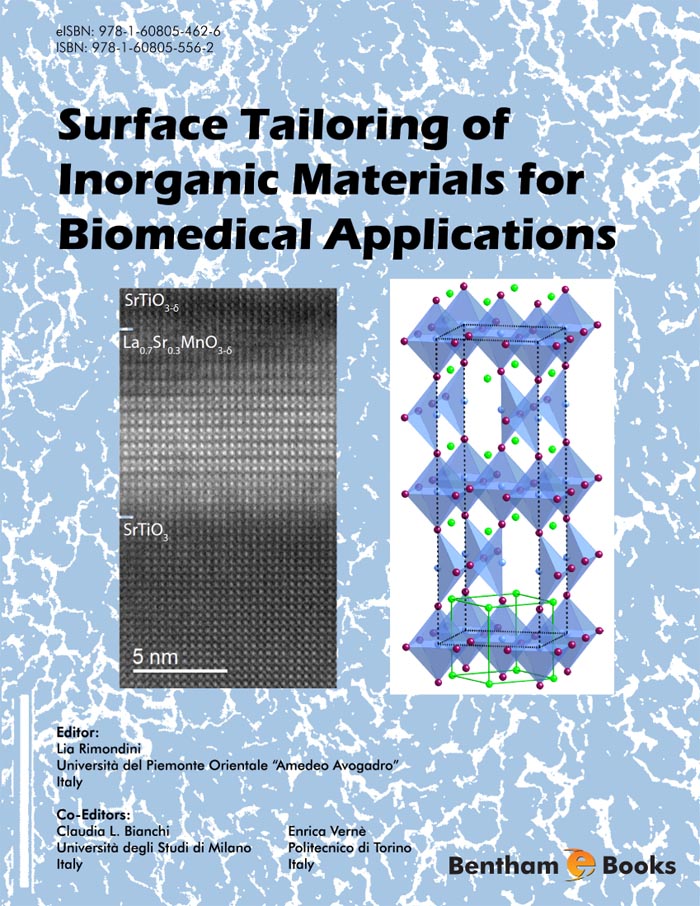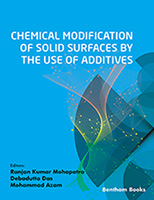Foreword
Biomaterials, the functional components of medical devices, are used extensively in the treatment of disease, trauma and disability. The history of biomaterials began in the pre-Christian era, with the use copper, bronze, precious stones or shells and natural fiber to substitute parts of the human body. Since then, many improvements have been implemented in medical device manufacturing, through the advent of new biomaterials and innovative design and characterization techniques.
Some of the most significant advances have taken place in the last 50 years, a period which has witnessed the introduction of pioneering joint and heart valve replacements and, more recently, the development of so-called bioactive materials which interact with the host tissues to assist healing. While these advances have been arguably sufficient to meet the medical challenges of the last century, society now faces even greater problems. These are caused mainly by an increase in lifespan which is frequently not matched by maintenance of health and quality of life.
The ability to tailor the surface of inorganic biomaterials introduces the possibility to broaden their area of application to include, for example, bioactive prostheses, biomimetic scaffolds for tissue engineering, and systems for drug delivery.
The implementation of nanotechnology has offered a completely new perspective to material scientists aiming to mimic the different types of extracellular matrices present in tissues. Techniques are now available which can produce structures on the nanometer scale which exhibit finely controlled atomic composition and architecture.
This eBook provides an interdisciplinary overview of the surface treatment of a wide range of nano- and micro-structured inorganic materials, both degradable and non-degradable, for a wide range of clinical and biomedical applications.
Luigi Ambrosio
Institute of Composite & Biomedical Materials (IMCB-CNR)
National Research Council of Italy
Piazzale F. Tecchio 80
80125 Naples, Italy
Tel.: +39-0812425929
Fax: +39-0812425932
Email: ambrosio@unina.it
Director of IMCB-CNR
President of the European Society for Biomaterials
Adjunct Professor of Artificial Organs at University of Naples Federico II


